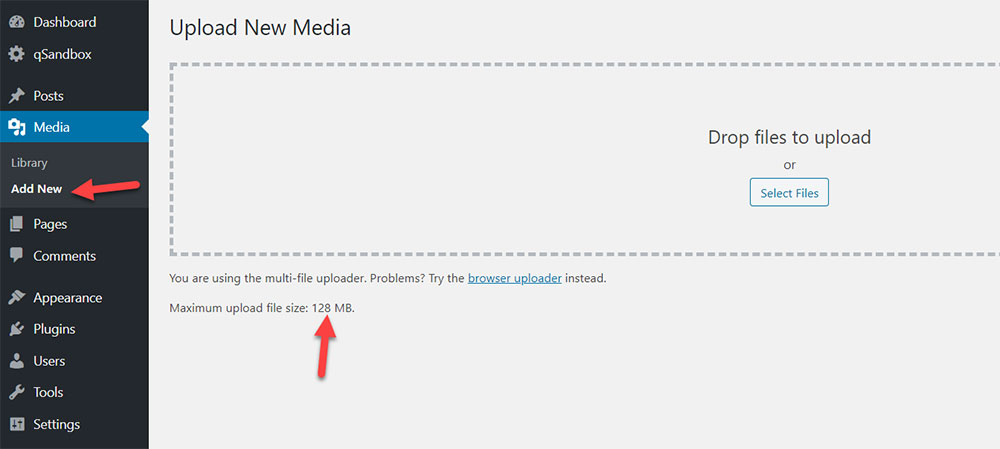 |
| WordPress PHOTO/IMAGES UPLOADING... |
Compressed and Optimized Images:
One of the most important aspects of speeding up your website is using compressed and optimized images. Oversized images can slow down your site's loading time, causing potential visitors to abandon it before exploring its content. Optimize your images by reducing their file size without compromising visual quality. There are many tools available, such as Adobe Photoshop, TinyPNG, or Squosh.app, that can help you effectively compress and optimize your images.
JPEG format for photographs:
When it comes to photographs or complex images, it is ideal to use the JPEG format. JPEG offers a good balance between image quality and file size compression. By selecting the appropriate level of compression, you can maintain the visual integrity of your photos while ensuring fast loading times. Experiment with different compression levels to find the right balance for your website.
PNG format for graphics and logos:
For graphics, icons, or logos that require transparency or sharp edges, consider using the PNG format. PNG supports lossless compression, which means the image quality remains intact, but the file size can be larger than JPEG. However, if you prioritize the visual integrity of your graphics, PNG is the way to go. Additionally, you can further optimize PNG images by using tools like TinyPNG or ImageAlpha to reduce the file size.
Image dimensions and scaling:
Another important factor in optimizing images is adjusting their dimensions and scaling. Instead of relying on CSS or HTML to upload large images and resize them, it's best to resize and scale your images before uploading them to your WordPress website. Determine the maximum dimensions required for each image on your site and resize them accordingly. By doing this, you eliminate the need for the browser to resize images, resulting in faster loading times.
lazy loading:
Implementing lazy loading for your images is a powerful technique that can significantly improve the loading speed of your website. Lazy loading delays the loading of images until the user scrolls down the page, meaning that images outside the viewport are not loaded initially. WordPress plugins like “Lazy Load by WP Rocket” or “Smush” can help you easily enable lazy loading on your website.
conclusion:
The performance of your WordPress website is important to provide an optimal user experience and increase your search engine rankings. By choosing the right type of photos and optimizing them for fast loading, you can make a substantial difference to your site's performance. Compressing and optimizing images, using appropriate file formats (JPEG for photographs and PNG for graphics), resizing and scaling images before uploading, and implementing lazy loading can improve your website's loading speed. All are effective strategies for increasing. By implementing these techniques, you will ensure that your WordPress website loads lightning fast, attracts visitors, and improves your online presence.

Comments
Post a Comment